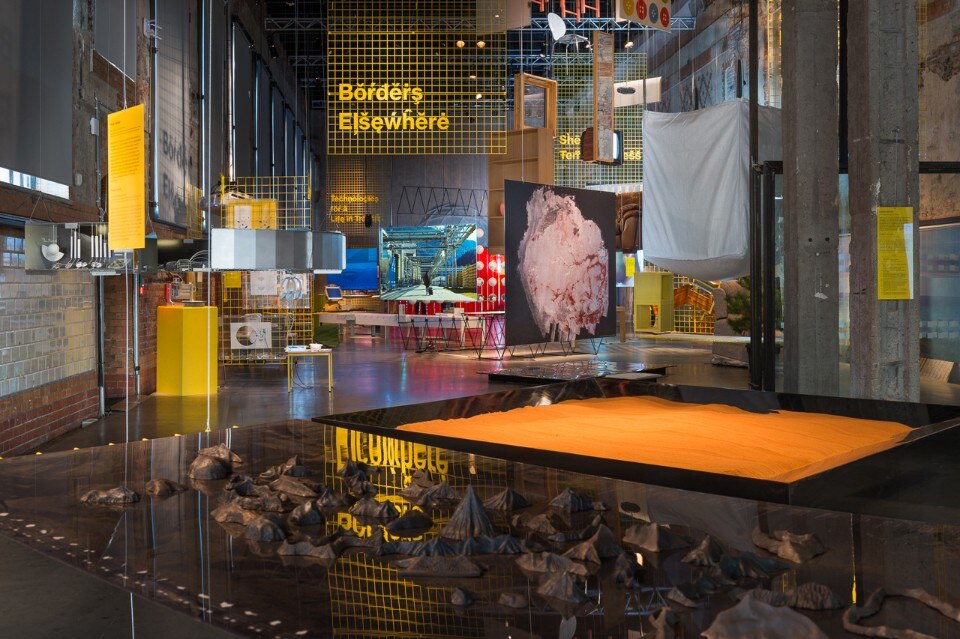Simona Bordone: How did you come to curate the Oslo Architecture Triennale 2016?
Lluis Alexandre: We responded to an international competition for curatorial proposals held by the Triennale. At that time, two years ago, we were all in New York and all linked to Columbia University in different ways, some still students, others just starting to teach. What is interesting is that none of us had a clear sense of the theme of belonging but it emerged as soon as we started talking about it. In the end, our project was selected.
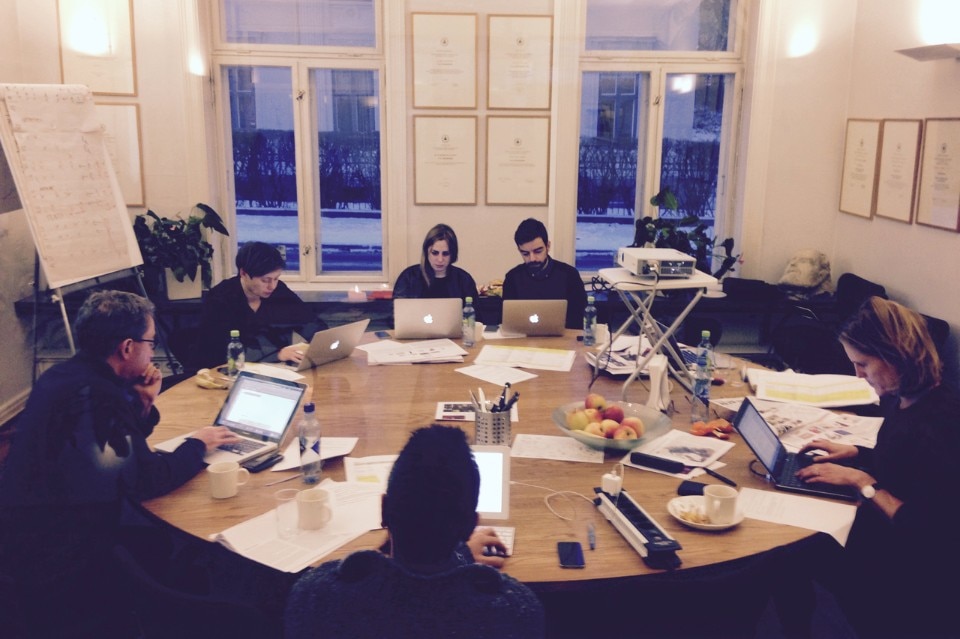
Simona Bordone: How were the projects selected?
Lluis Alexandre: Not just ours but also the projects in the exhibition stem from an international competition. More than 200 arrived and the selection was made by a jury of architects, human-rights experts, Triennale members and us. We, however, played a very minor role in this selection. Our real work as curators started afterwards and we were go-betweens with all the institutions involved. I’ll give you one example, the airport project: Bolleria Industrial who produced the project had not thought about how to anchor the objects to the ground. Well, you can’t take a drill into a security zone! That in itself was an adventure.
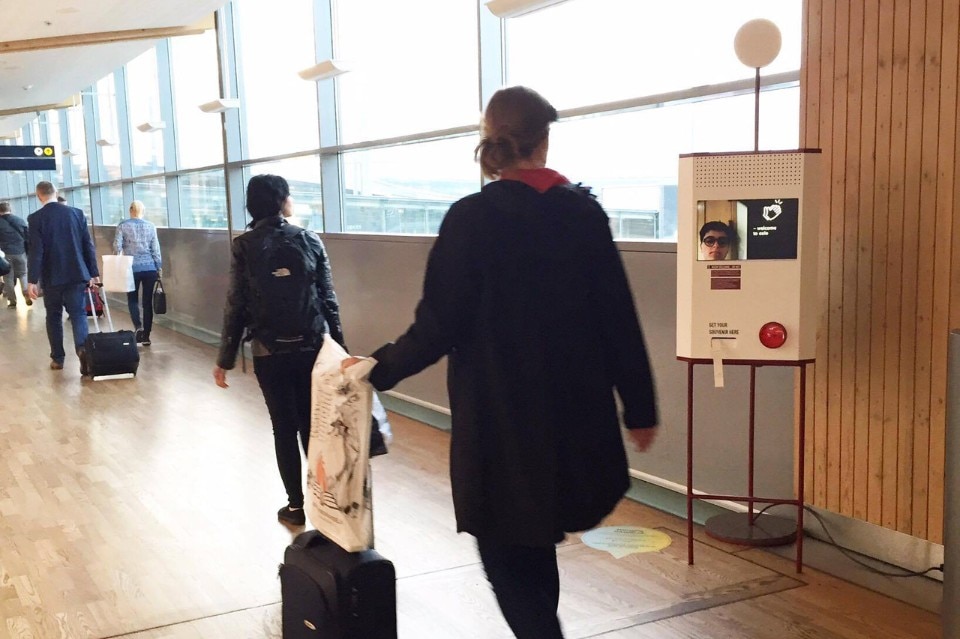
Simona Bordone: Staying with the selection process, the story of the Egypt Pavilion at this year’s Venice Biennale is also fascinating. The curatorial project was by four students, two Egyptian and two Italian, and they won the competition. This is the positive legacy of the Arab Spring in Egypt, disastrous in other senses. Norway has a very different democratic tradition. Is anything changing in the way curatorial projects are being chosen?
Lluis Alexandre: I would say so. We were faced with a format, that of the triennale. They are common formats that many cities have adopted but it was not strictly necessary for our proposal, like the others, to be assessed by a jury of architects. It had to be analysed for what it was, its content. Extremely interesting research and articles say that if a competition is very bureaucratic – i.e. it is complex and costly to present projects – none are sent.
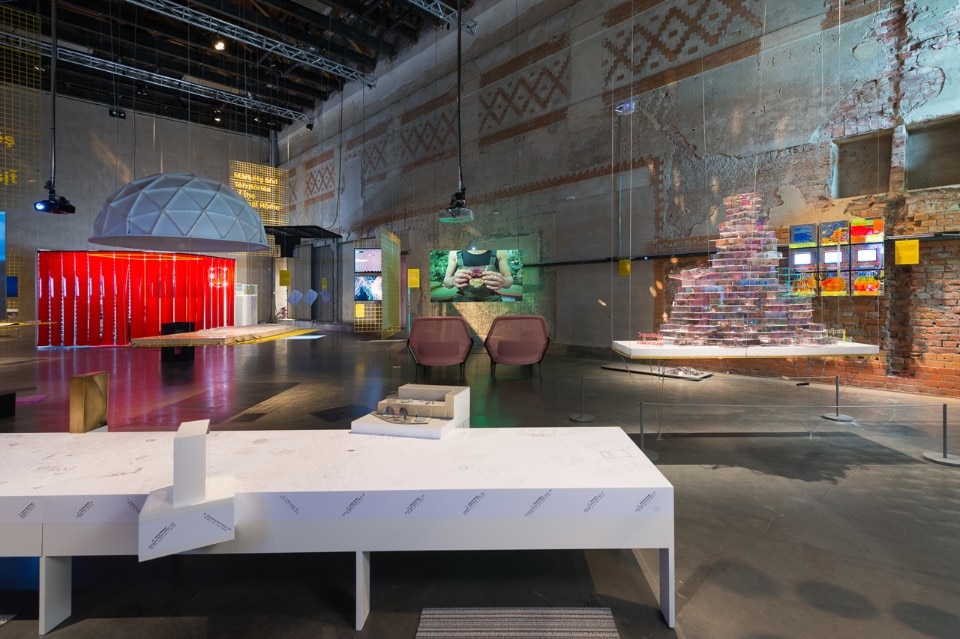
Simona Bordone: The exhibition is split in two parts, not just physically but also conceptually. The first part, at DogA, consists in pure research projects while the other, at the Architecture Museum, features projects and ideas. Can you explain the structure?
Lluis Alexandre: The projects in the part centred on research into the concept of belonging explored new ways of living but also technology linked to the theme. We inserted them into what we have called Constellations. We would also, however, like visitors to make their own connections, although this probably requires a certain degree of investigation.
The second part, on the other hand, contains ten projects already developed that, in our view, clearly express themes linked to the idea of belonging and that have direct implications on architecture. Gardemoen Airport is a good example. When it opened, they said it was “the only airport where you land in a forest” and this entailed a huge effort in terms of landscape design, to lend a “Nordic feel” to the architecture. Today, it has an allocated area for flights to the United States, which means changing the spaces, the application of different customs regulations and so on. It is interesting to see that the airport was constructed on a former military zone and, around the edges, are old buildings today used as holding areas for illegal immigrants awaiting expulsion.
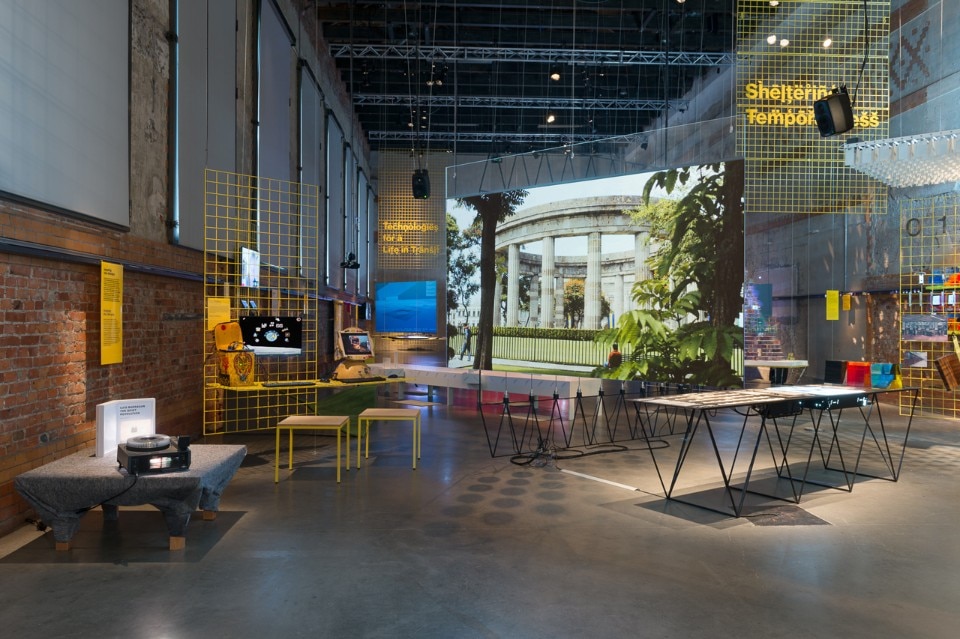
Simona Bordone: How are the proposals arising from the ten projects you have installed at the Architecture Museum structured?
Lluis Alexandre: There are five projects followed by the proposed interventions and all are in Scandinavia. Kirkenes Airport, in the north on the border between Norway and Russia; and two interventions in Torshov: a proposal for asylum applicants living there to become tour guides, which is a way to make them visible and enable them to appropriate the city, and a proposal for an app for people renting out their own homes and who could, instead, host a migrant.
Some projects are in the relevant location, such as the airport. Others are at the Museum, the Copenhagen one, for example. The story of Christiania, where alternative models of ownership were tested very early, has definitely influenced some contemporary practices of house sharing but also the model of sharing things, by which you can rent anything, even the comb I need right now.
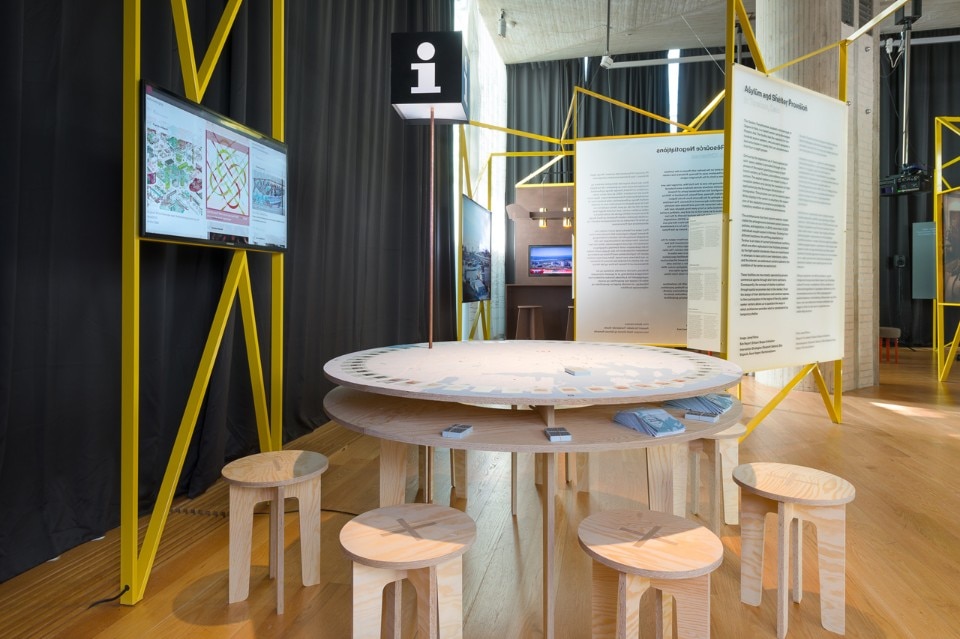
Simona Bordone: There is a close relationship with the university. How has this been managed?
Lluis Alexandre: The Oslo School of Architecture (AHO) is a partner and there is a very close relationship. We decided to conduct a pedagogical experiment with fairly open but clear rules, with a view to working in the parts of Olso that most need it as regards the theme of belonging. That means trying to understand what the architecture students will have to address, which themes and with what approach. The project was put to several universities around the world, including South Africa, which selected students. About a hundred have the support of the city, accommodation and a workspace, and they attend all the Triennale events.
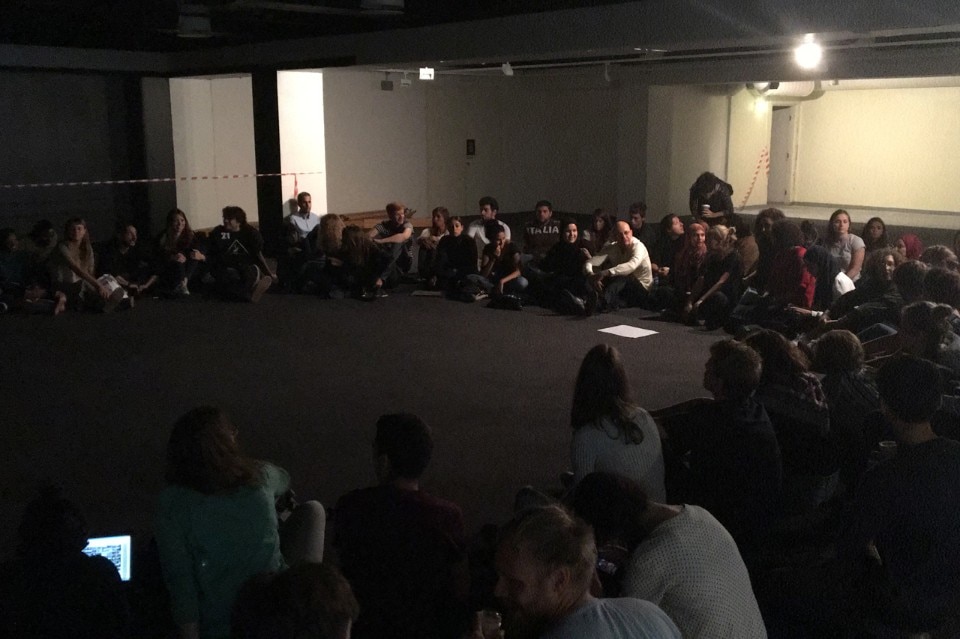
Simona Bordone: Do you believe architecture is a discipline that can stand alone? To what degree does it interact with other ones? How does this impact, if it does, on the built environment and on urban planning?
Lluis Alexandre: Architects engage in several long-term processes. They have to deal with legal issues and official bodies, and they work with big multinationals. In that context, the discipline has decided to place the architect at the centre – a solitary figure, a creator and a little like the artist but this is a very one-sided and warped vision.
In the work done here, we felt uncomfortable when someone said “this is an architectural problem”. Designing shelters (ed. note for migrants) is not enough. However well designed, a shelter will never be enough unless you address the financial and political issues, and unless you address racism. Clearly, architecture cannot resolve everything by itself. We must build a process that draws in many other disciplines and people.
Architecture cannot be legitimised by demanding the architect play the central role, something which is also historically mistaken.
until 27 November 2016
After Belonging
Oslo Architecture Triennale
curated by: Lluís Alexandre Casanovas Blanco, Ignacio G. Galán, Carlos Mínguez Carrasco, Alejandra Navarrete Llopis, Marina Otero Verzier
Oslo, Norvway


